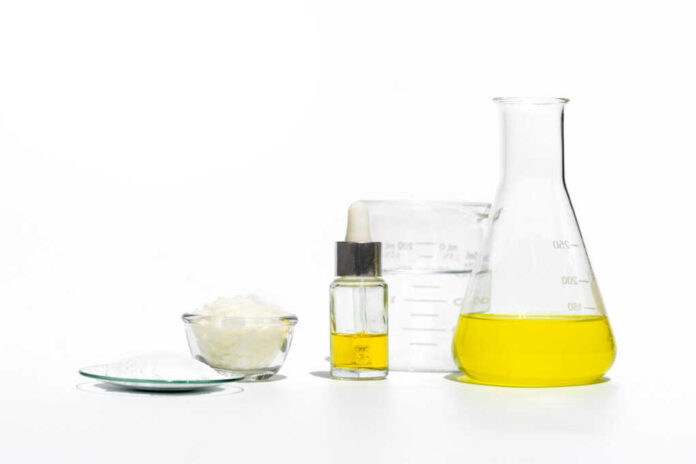
Emulsifiers are like invisible bridges, connecting ingredients that naturally resist each other.
In both food and personal care products, they play a critical role in product stability, texture, and longevity.
The Role of Emulsifiers in Food Products
The presence of emulsifiers in food is a tale of chemistry and culinary art blending seamlessly.
Emulsifiers allow oil and water, two substances typically at odds, to mix harmoniously. This blending results in a stable emulsion, preventing separation over time and improving texture and mouthfeel.
A classic example is mayonnaise, where egg yolk, an emulsifier, binds oil and vinegar into a creamy blend.
Emulsifiers also play a vital role in the shelf life of products. They help in maintaining consistency and preventing spoilage over time, which is crucial in today’s global food supply chain. This practical aspect of emulsifiers intersects with consumer preferences for
longer-lasting products, reflecting a harmony of function and convenience.
Emulsifiers in Personal Care Products
In personal care products, emulsifiers ensure that oil-based and water-based ingredients, which form the basis of many cosmetics, can be combined into a stable product. This stability is vital for ensuring that products like lotions and creams maintain their efficacy and texture over time.
Beyond mere stability, emulsifiers also affect the sensory attributes of personal care products. They can influence how a product feels on the skin, its absorption rate, and even its appearance. This intersection of science and sensory experience is a fascinating area where chemistry meets consumer experience.
The Science Behind Emulsifiers
Emulsifiers are molecules with a unique talent: one part of the molecule is attracted to water (hydrophilic), and the other to oil (hydrophobic). This dual affinity allows them to reduce the surface tension between oil and water, enabling them to mix. It’s a delicate balance, a dance of molecular attraction and repulsion, that results in the stable emulsions we see in products around us.
The effectiveness of an emulsifier depends on various factors, including its molecular structure and the environment in which it’s used. Temperature, pH, and the presence of other ingredients can all influence the behavior of emulsifiers, making the formulation of products a complex and fascinating science.
Sustainability and Health Concerns
As we become more conscious of what we consume and apply to our bodies, the conversation around emulsifiers has expanded to include sustainability and health.
Some emulsifiers are derived from natural sources, like lecithin from soybeans, while others are synthetic. The source and method of production of these emulsifiers raise questions about sustainability and environmental impact.
Health concerns related to certain synthetic emulsifiers have emerged. Studies have suggested potential links between some synthetic emulsifiers and health issues, prompting a reevaluation of their use in both food and personal care products. This concern has spurred innovation in the development of natural and safer alternatives.
Emulsifiers: A Reflection of Human Ingenuity
Emulsifiers represent a remarkable intersection of chemistry, culinary art, and consumer needs. They encapsulate a journey of human discovery and innovation, from understanding molecular interactions to crafting products that improve our daily lives.
Their story is one of adaptation and evolution, reflecting our continuous quest to harness the powers of nature for our benefit.






















